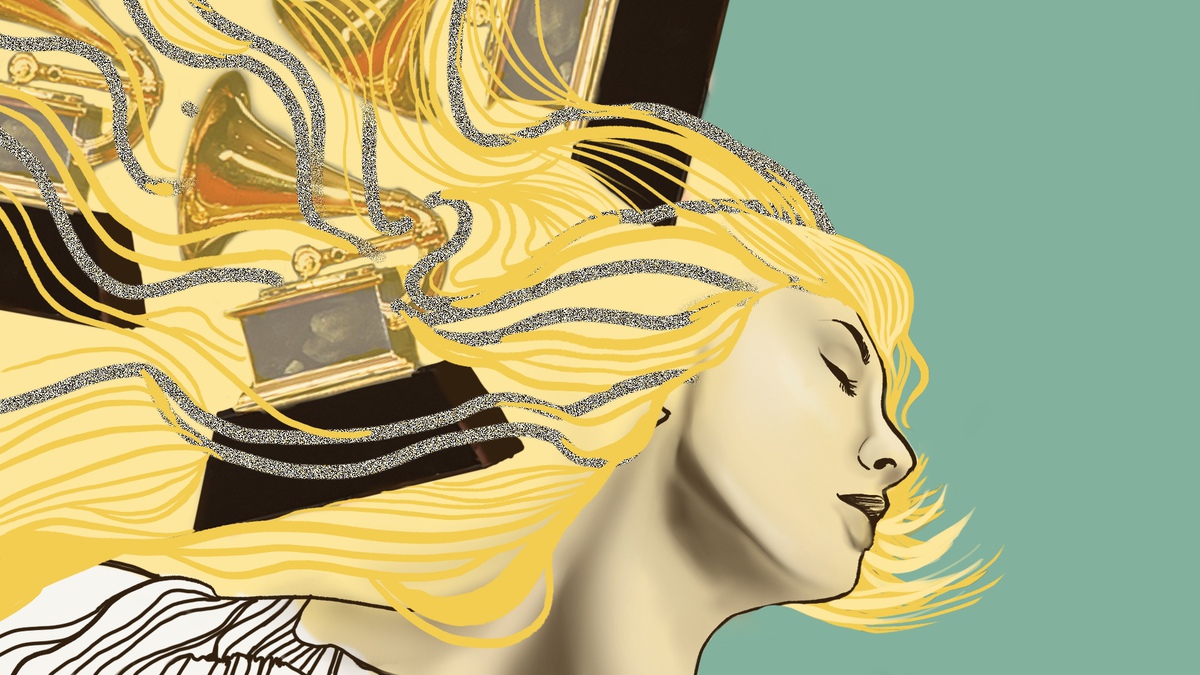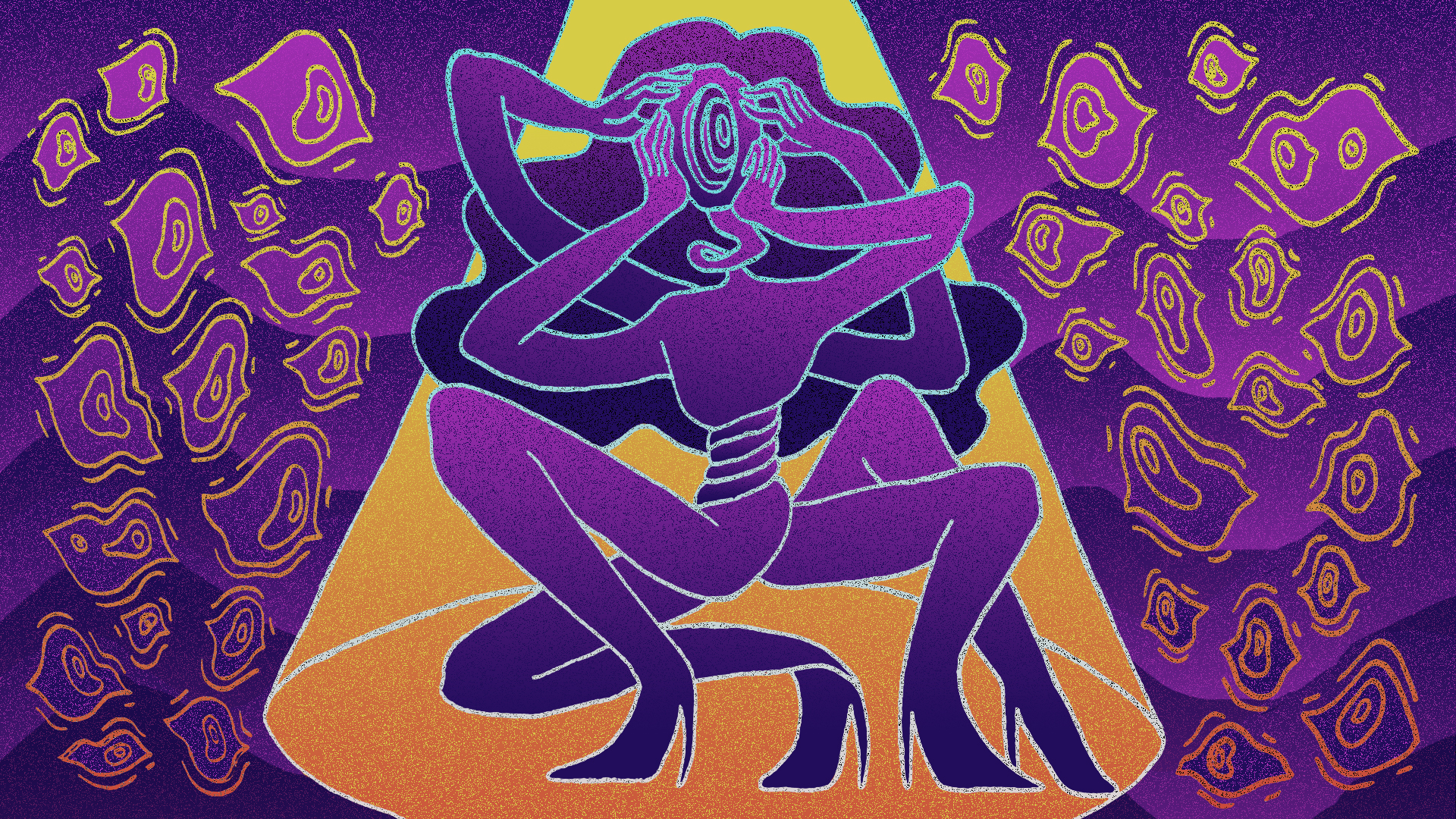
I recently had someone tell me that she loves Taylor Swift now, but “hated her when it was cool to hate her.” Even now, after 14 years of being a fan, this bothers me. Swift is much more than good music and entertainment — she is a voice, a bit of warmth, someone who understands our feelings which we cannot put into words. Many of us who grew up with her experienced middle school, high school, and college with her discography as a soundtrack for our own lives, and her specific yet accessible lyrics make it astonishingly easy to do this.
Simply trying to write a somewhat objective piece about Swift is a struggle for me because she has created such a rich bond with her fanbase that it is so easy to feel loyal and even indebted to her. As a fellow songwriter, she has always been an inspiration to me, with that humble country background beginning in a little café in Nashville making her success seem almost within reach. Not just for aspiring artists, though; she has always had a way of breaching the gap between herself and her followers, from crowdsurfing and squeezing fans’ hands in her first tour, to sharing inside jokes on social media and contributing to fans’ GoFundMe fundraisers. However, her innocent disposition and vulnerable writing style have been used as weapons against her by casual listeners and fellow artists alike.
From Kanye interrupting her 2009 VMA award acceptance speech to Katy Perry allegedly stealing her tour dancers in 2012 to Scooter Braun buying her former record label in 2019 — Swift’s rampant success has ensnared her into some of the biggest front-page stories in popular media over the last fifteen years, leading her to ruthless public scrutiny.
The worst of the condemnation began after her fourth studio album, “Red,” hit shelves in 2012 and it seemed that Swift went from being America’s sweetheart to being perceived as a serial dater with an obnoxious victim complex. She was shamed by fans and fellow stars alike for referencing celebrities she had publicly dated in her songs, sometimes by name. While she had to have known it would make her a target, it also created a devoted fanbase who appreciated the way she kept her heart on her sleeve throughout years of growing fame. She was never hesitant to call someone else out, not even herself.
Take “Back to December,” the second single from “Speak Now” (2010) — this was released shortly after Swift’s public yet brief relationship with “Twilight’s” Taylor Lautner (as a couple they were “Taylor squared”) and in it she confesses her regret in taking him for granted (“it turns out freedom ain’t nothing but missing you / wishing I’d realized what I had when you were mine”), admitting her own missteps and apologizing to the subject of the song. On that same album, she wrote “Dear John,” widely known to be about singer John Mayer, who she mercilessly accuses of breaking her heart (“Don’t you think nineteen’s too young to be played by / your dark twisted games / when I loved you so? I should’ve known”).
When “Red” was released, Swift was 23, and although she still existed in the country genre, presenting herself as a cherry-lipped, soft-spoken young woman, she began to be criticized for writing too much about her relationships and being “immature.” Once the criticism began spreading, there was no stopping it (think COVID in Florida during spring break). Hating her became a trend — lifelong fans such as myself can attest to the struggle of being a supporter during these dark years. One fan warned others on Twitter to watch what they say online in the name of defending Swift, because “[reporters] are going to be shaping the narrative around our behavior.” The loyalty among fans is so fierce, many fans will go to extreme lengths to protect Swift’s name. My best friend in the 9th grade was a Directioner (One Direction’s fandom) and let me tell you, that was the equivalent of Trump vs. Biden supporters in 2020 for high schoolers in 2013. I’m not proud of the amount of times she had me in tears by trash-talking Taylor Swift.
The biggest and most innovative forms of connection with her fans began in 2014 with her album “1989.” She started doing what she called “secret sessions,” where she would invite a group of fans to her homes in different cities across the U.S. and in the U.K. to spend time with her and listen to her albums before they were released.
I remember being beyond envious of these fans — most of them Swift’s team found on Twitter, Tumblr, or some other social media platform where they expressed their love for the star. In these photos, Swift is hugging them, letting them hold her Grammy awards, and snuggling up on her couch. She bakes cookies and laughs with them, singing along to her songs while everyone sits cross-legged on the living room floor. Many gave testaments to how she acted when they met her. One young woman with cerebral palsy wrote in a tweet that Swift’s team rented a private van to get her to Taylor’s house to meet her when she had no other means of transportation. “She was very normal and witty,” she explained. “That’s what I loved about her. Also her whole team could not have been nicer to me.”
Yet, only a couple of years later, this private image of Swift was a startling contrast to that of the media spotlight in the summer of 2016 when Kanye dropped “Famous,” which include the lyrics “I feel like me and Taylor might still have sex / Why? I made that bitch famous.” Worse, the music video, which premiered three months later, included a wax figure of a naked Taylor Swift, lying in bed next to Kanye.
When Swift went public to say she never approved of the lyric calling her a “bitch,” Kim Kardashian, Kanye’s wife, took to Snapchat where she posted videos of a recorded conversation between Kanye and Swift, alleging that this was the phone call where he asked for her permission to use her name in the song. Swift does give her blessing for the name drop only, but her agreeing to the specifics is not included in the recording. Kardashian then tweeted a row of snake emojis, which quickly blew up.
Within minutes, the entire Internet was calling Taylor Swift a snake. Not long after, she went completely black on social media.
Many took Swift’s silence to mean she was accepting defeat. In reality, she was quietly, carefully, biding her time and creating an album that would flip the snake image onto its head and put herself in power once again.
The release of “Reputation” in 2017 allowed Swift to somewhat regain the delicately calibrated image of herself, while also allowing her to reshape her future as an artist. After a three-year hiatus during which her social media activity had diminished little by little (until the Kim and Kanye feud, when it completely stopped), “Reputation” was a fresh start. As snakes shed their skin, Swift was shedding hers. Her first-ever black and white album cover became one of many precise details the singer used to convey a more callous, sharper version of herself. Cue the iconic line: “Sorry, the old Taylor can’t come to the phone right now. Why? Oh, cause she’s dead.”
This album and tour coined a newborn artist, someone who is unapologetic, deliberate, and playfully vengeful. She got called a snake in the media, so she had a giant moving snake on tour. She sold snake rings for $60 a pop. Her music video for “Look What You Made Me Do”, which features snakes from beginning to end, has gained 1.2 billion views on YouTube (Kanye’s “Famous” has 47 million views, by comparison). You can call her a snake, sure, but you can’t say she isn’t clever.
In the summer of 2019, Swift regained some control of her narrative, coming out with a very impassioned statement on Tumblr about how Scott Borchetta, the founder of her former long-time record label Big Machine Label Group, had sold the company to Ithaca Holdings. The chairman of Ithaca, Scooter Braun, is an apparent nemesis of Swift — in her first post about the situation, she referred to his behavior towards her as “incessant, manipulative bullying.” She writes that this was all done without her knowledge or permission; she was never given the opportunity to buy the rights to her first six albums, and therefore they now belonged to Scooter Braun. Soon after, Big Machine released a statement directly countering her argument, saying “Taylor, the narrative you have created does not exist.”
In response, Swift has just simply chosen to rewrite her narrative and her legacy — again. As she prepares to release her new version of “Fearless” (to be released on April 9), she will likely prove that she can and she will create whatever narrative concerning her career that she wants.
In February of this year, Swift released her new version of “Love Story,” the iconic (no thanks credited to the viral TikTok remix) single that had, once upon a time, recruited many of her early fans back in 2008. This version is almost indistinguishable from the old, but true fans will recognize the maturity in her voice; they’ll notice the way her voice swings when she says, “Romeo take me,” how she’s choppier and more controlled in the first “oh, oh.” The differences are small enough to maintain the integrity of the original song that fans loved so much, but big enough to make the rerelease of this album just as exciting as if she were putting out a brand new one. This is the first step to her rerecording every album she once created that now puts money into Scooter Braun’s pocket.
On the first day of its release, the song garnered 5.8 million streams, and it’s already outselling the original version. With a new, sepia-toned album cover reminiscent of the original (the classic long blonde hair toss and silky white dress remain) and six unreleased songs that didn’t make the cut when she produced the track list with Big Machine, this project is already on track to do what Swift does best — twist the negative publicity and the drama into her own victory, splattered with that one-of-a-kind sweetheart, calculated, pop-sensation bad bitch energy that only Taylor Swift can provide.
The timing of “Fearless” is especially notable given Swift’s recent departure from her old style.
Last year, Swift did something that surprised even her most avid fans — she dropped not one but two albums within a five-month period, both within 24 hours of their original announcement. And not only was the promotion of these albums, “Folklore” and “Evermore,” radically different from her previous methods, so was the sound.
Before, she had experimented with country, pop, hip-hop, and rock, creating current pop blends that were sure to gain critical acclaim. These new albums are alternative, folksy, indie.
“Folklore” and “Evermore” are eloquently written, gentle in sound; even accusatory lyrics seem hard to attack because they’re presented in your ear so peacefully. In “mad woman,” she sings, “and women like hunting witches too / doin’ your dirtiest work for you / it’s obvious that wanting me dead has really brought you two together,” which is very likely about Kim and Kanye. In “it’s time to go,” she sings, “now he sits on his throne in his palace of bones / praying to his greed / he’s got my past frozen behind glass / but I’ve got me.” This is assumed to be about Scooter Braun and/or Scott Borchetta.
I used to listen to “Reputation” while I did my best friend’s makeup before a night out, or “Lover” in my car on the way to the dog park with the windows rolled down. I now listen to “Folklore” and “Evermore” in the bath with a glass of wine, or at a low volume while I’m falling asleep. #TaylorSwiftIsLovedParty is trending on Twitter as I write this. The page is filled with photos of Swift performing with arms wide open in the rain, squatting down to the eye levels of children, sitting on the floor in a gown with too many awards in her lap to hold. The amount of adoration in the tweets is impossible to ignore.
What compels these people to feel this way?
What compelled me to blast “1989” from the speakers of my Honda CR-V at 7:30 a.m. in the parking lot of my high school on the morning of its debut? What compels me, now, to write this, to fervently defend her despite the fact that I’ve never met her, that she has no idea who I am?
Yes, I do believe Taylor Swift can rewrite her narrative — I think we’ve seen her do it a hundred times before. Even more than that, though, I see it because of her part in my own narrative — her words that I cry to, her words that I feel the urge to sing when I’m making dinner and dancing in my slippers, her words that bring me back to my first love as if it’s 2013 and I’m watching the nervous red-headed boy smile at me from across the room. Taylor Swift will likely continue to form and reform her sound and public appearance, from pop to folk, from despised to adored for the rest of her career, and there will inevitably come a time she removes herself from the spotlight and slowly dwindles from mainstream consciousness.
But no matter what, her fans, me included, will never let her legacy fall. We have grown up alongside her, watching her consistently “come back stronger than a ’90s trend,” embracing her artistic desires and instincts every step of the way. It’s the fans that she always credits, as we credit her for much of our growth, as I listen to her music while I write this so I can remember while telling her story how much she has done for me and will likely continue to do. That’s the biggest love story Swift has to tell.







